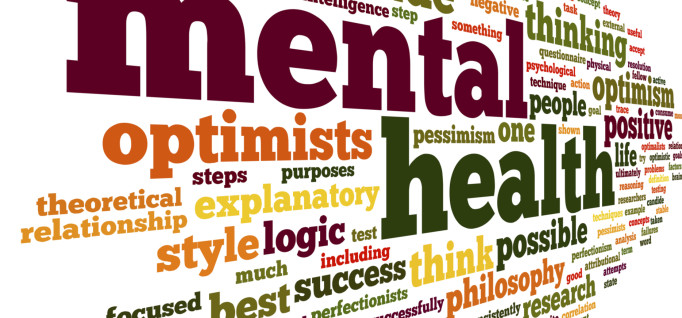California Mental Health Services Boost Graduation Rates
By Sarah Asp Olson
January 28, 2016
Recent study highlights the far-reaching rewards of investing in students’ mental health.
Mental health disorders among college students are on the rise.
In a 2014 National Survey of College Counseling Centers, respondents reported that 52 percent of their clients had severe psychological problems. That’s up from 44 percent in 2013 and just 16 percent in 2000. When left untreated, mental health disorders such as depression, anxiety and bipolar disorder can lead to lower grades and higher drop-out rates as well as delays in graduation.
In an effort to combat the negative effects of untreated mental health disorders on campuses statewide, the California Mental Health Services Authority (CalMHSA) invested about $8.7 million per year into public university and college mental health initiatives. The RAND Corporation, a nonprofit research organization, tracked the initiatives’ progress between fall 2013 and spring 2015.
“Our findings suggest that by teaching faculty, staff and students to better identify and support those students struggling with mental health issues, and by changing the conversation about mental health on campuses, we can get more students into the mental health treatment they need,” Dr. Bradley Stein, a study author and a senior scientist at RAND, said in a press release.
Researchers discovered a 10 percent increase in the number of students receiving treatment for mental health–related issues, and the study highlights the large-scale benefit of increased mental health services and awareness on college campuses.
“With the increase in students seeking mental health treatment,” the study states, “RAND researchers predict an additional 329 students will receive a college degree for each year the investment is made.”
Since graduating from college has been shown to increase lifetime earnings, researchers estimate the societal benefit of increased treatment could be as high as $56 million for each year of CalMHSA’s investment.
What does this mean for community colleges?
Community college students — who generally commute to campus and often balance work, school and family responsibilities — may be more likely to have untreated mental health issues with less access to campus mental health services, compared with students attending four-year institutions.
“Part of the problem is only around 8 percent [of community colleges] have psychiatric care on campus,” says Amy Lenhart, president of the American College Counseling Association, the organization that headed the College Counseling Center survey. That’s compared to about 58 percent of four-year campuses.
This holds true for the 112 California community colleges in CalMHSA’s initiatives. According to RAND, community college students are less likely to receive mental health services. When services are available, however, a larger percentage of community college students take advantage of them. Of those receiving services, an estimated 101 additional community college students will graduate. The study’s researchers also found that the societal benefit of providing mental health services to community college students surpassed that of four-year institutions.
“Because of the greater potential impact on lifetime earnings for community college students who earn an associate’s degree, the financial benefits of even a small change in the number of community college graduates can yield a positive return,” the study states. “As a result, the benefit-to-cost ratios are almost twice as high among students in community colleges that received funding from CalMHSA.”
Given the potential benefit, and the rapid enrollment boom expected over the next decade, focusing on adequate mental health services on community college campuses remains vital.
“This is a time where students in general exhibit mental health concerns, and if they don’t have the adequate support, it’s going to be very difficult for them and challenging to get through school,” Lenhart says.






